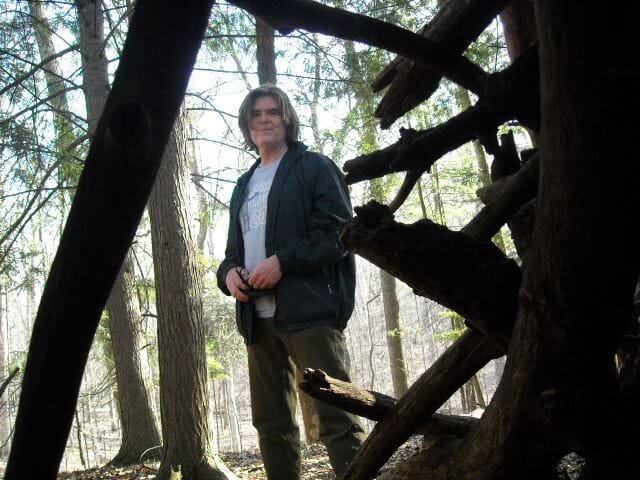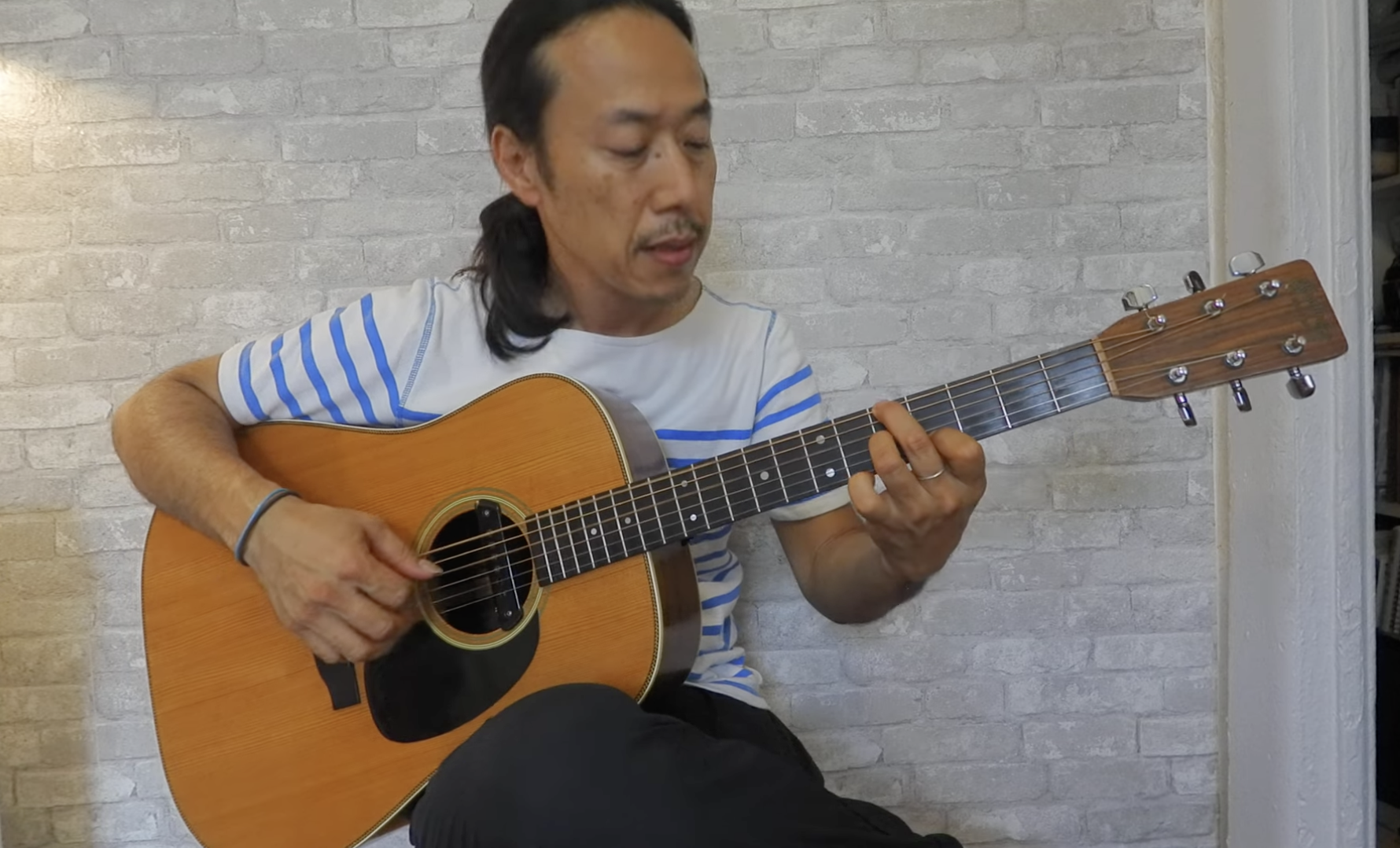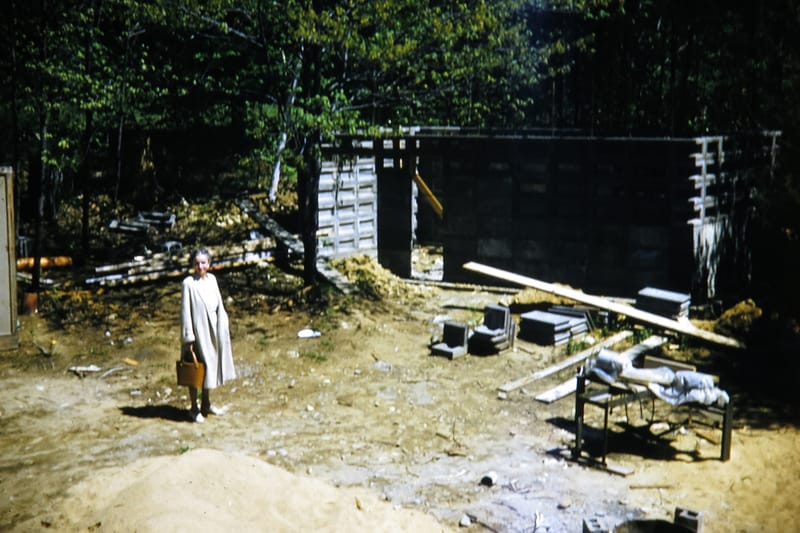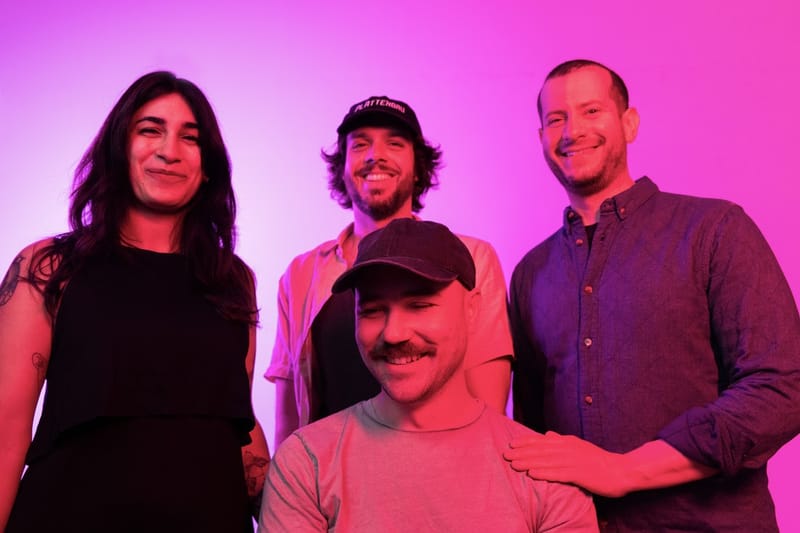Mar. 8: Roger Clark Miller brings unique experience to Nova Arts with solo electric guitar ensemble
Indie rock enthusiasts most likely know of Roger Clark Miller through his time as the co-vocalist and guitarist for the Boston post-punks Mission of Burma, but these days he’s been doing a variety of different things. One of these things is a project that’s inspired by his own dreams where he writes

KEENE, NH – Indie rock enthusiasts most likely know of Roger Clark Miller through his time as the co-vocalist and guitarist for the Boston post-punks Mission of Burma, but these days he’s been doing a variety of different things. One of these things is a project that’s inspired by his own dreams where he writes them down in a journal and he interprets them through his music. This is all done by himself with no musical collaborators but with the assistance of an assortment of six strings and looping technology. It’s called the Solo Electric Guitar Ensemble and he’s going to be performing this creative outlet at Nova Arts in Keene on March 8. Japanese guitar virtuoso Hiroya Tsukamoto will be starting off the show at 7 p.m.
We had a talk about how he came up with the idea for the Solo Electric Guitar Ensemble, delving into surrealist art and how he always has multiple things going on at the same time.
If You Go

Roger Clark Miller and the Solo Electric Guitar Ensemble
March 8, 7-10 p.m.
Tickets: $20
Nova Arts, 48 Emerald St., Keene, NH (about 70-80 minutes from downtown Manchester)

Rob Duguay: This Solo Electric Guitar Ensemble project you have has you performing with multiple guitars while tying them all together through loop pedals. What initially gave you the idea to start this unique creative outlet?
Roger Clark Miller: Years ago from 1983 to ‘88, I had a thing called Maximum Electric Piano where I used a looper and the electric piano had strings. It was a really early looper and I was able to create a one-person orchestra out of it. I had prepared piano and I set up bass lines while adding guitar effects, but I kind of got tired of that. That was the model for this current project, the Solo Electric Guitar Ensemble, where now I’m very experienced with looping. I just have one guitar while figuring out how to make it sound in so many different ways in the sense where those portable lap steel guitars become the equivalent of portable prepared pianos while being both percussive and bass-like.
RD: When it comes to composing and arranging new material for this project, how would you describe your approach? I can imagine there being a lot of separate parts.
RGM: There’s kind of two different things. One is just my love of sound, the edges of sound and unusual sounds. I sometimes mess around and collect those, but all the music is organized by dreams. Each composition is a very specific dream, so I’m kind of creating a soundtrack to that dream but I’m not telling you what the dream is so you could have your own dream to it. The thing about dreams is that they are universal because everybody dreams, it’s super organic and it’s also information from the other side that’s from the unconscious rather than from conscious thinking.
At first, I find a dream that seems suitable to me from my dream journal and then I start composing from there. Everything that happens in one of these compositions is there because something happened in the dream in a certain way. That’s where I draw from while pulling in these sounds that I like instead of putting them together and moving stuff. I like to make it sound like it’s coming from the other side.
RD: Wow. How long have you been keeping a dream journal for?
RGM: Probably since before you were born. I’m not certain of your age, but let’s say 1971.
RD: OK, that is way before I was born. What gave you the idea to start keeping one? Was it through reading psychology books or anything like that?
RGM: Just because I find it to be fascinating, it’s like an alternate life. By the time that you’ve lived to be 80, you’ll have six or seven years of dreaming. In these dreams, real things happen where in your dream they’re incredibly vivid while generally being more intense or as intense as your basic day-to-day stuff. I believe in the world, the way we normally think and the way we go about doing our business, there’s this whole other part of being human and that’s the unconscious. Some of it in there is not so good, but some of it is, and dreams manifest that.
What made me turn it into music was that when I was going to music school in the mid-’70s, I started to develop an interest in surrealism. André Breton, who is the master of surrealism, said “Music can’t be surrealist because it doesn’t give you enough information to be surrealistic, it’s too abstract”. At the same time, one of his manifestos is based on dreams, so to bypass my problem of not being able to make surrealistic music I compose music based on dreams, which is inherently surrealistic. That’s my reasoning.
RD: That’s incredible. To go along with talking about surrealism, you’ve also made your own surrealist drawings while having art exhibits around the New England region. Has this type of art always been a part of you along with music or did you not pick it up until later on in your life?
RCM: Like all kids, I started drawing and the minute you draw, you’re drawing the way that you draw and that’s the interesting thing. With playing music, I didn’t realize that anybody could compose until I was in sixth grade and I saw The Beatles on TV. I was like “Wow! They write songs and I know those chords so maybe I could write a song”. I have always found that when my creative work really started to become where I found my voice, which was during the psychedelic era in 1969, I was doing writing, music and drawing all simultaneously and they all kind of interconnected. To this day, I’ve had an art installation that went into a couple art museums called “A Night Of Surrealist Games” and I started a new type of drawing last November that I do not every day, but often.
RD: That’s very cool. What are your thoughts on coming up to Keene to perform at Nova Arts and do you have anything else going on these days outside of the Solo Guitar Ensemble?
RCM: I’m very excited about it. I’ve seen Hiroya Tsukamoto’s stuff on YouTube and his approach to guitar is very different from mine, but that’s what is going to make the night even more interesting. For other things going on, this other group I’m in called The Anvil Orchestra is going to be at the Orpheum Theater in Saugerties, New York on March 15 to perform a score to Buster Keaton’s silent film masterpiece “The General.” I’m always doing many things simultaneously.





